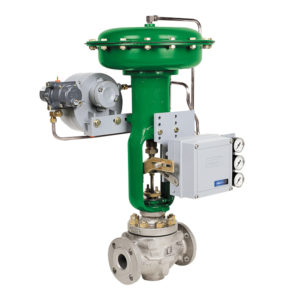Transmitter Manifolds 101: Types of Manifolds
Video: different types of manifolds and their applications.
Types of Transmitter Manifolds & Applications
Manifolds can be a point of confusion. In this video, we will walk you through the different types of manifolds and their typical applications.
2-valve manifolds are usually used on gauge pressure transmitters where there is a need to isolate the transmitter and vent the pressure off.
3-valve manifolds are normally used on differential pressure transmitters where it is necessary to block each process connection or equalize two sensor diaphragms.
5-valve manifolds are also used on differential setups and provide the ability to block, equalize and vent two process connections.
The 5-valve manifold has ¼” connections on each process connection that are usually plugged but could be ported out to some other indicator or transmitter for simultaneous operation or measurement.
Styles:
- Integral
- Integral manifolds are designed to mount directly to a pressure transmitter, with no
process flange. - There are two types: traditional and coplanar. Traditional manifolds have the process connection coming in from the side of the manifold. Alternatively, coplanar style manifolds have the process connection coming in from the bottom. These are both available in ½” and ¼” process connection sizes.
- Integral manifolds are designed to mount directly to a pressure transmitter, with no
- Conventional
- Conventional manifolds are designed to mount to the side of a process flange instead of directly to the pressure transmitter’s sensor. These are often used when one prefers to leave a manifold piped in line and leaves the ability to remove the pressure transmitter for maintenance or replacement. The process connection styles include ½” NPT and “Football” (also called ‘process adapters’) connections. The instrument side has 2 1/8” center to center connections.
- In-Line
- In-line manifolds are used on “direct-connect” style transmitters. These are usually 2-valve, ½” NPT combinations involving female and male connections. They are also called “block and bleed” manifolds.
Have questions about the types of manifolds? Contact our experts for assistance. We are always here to help at Automation Service.

